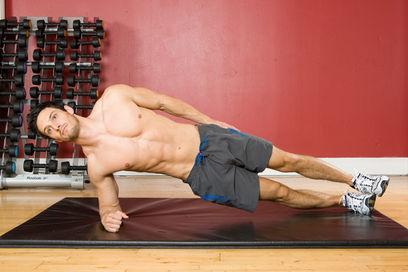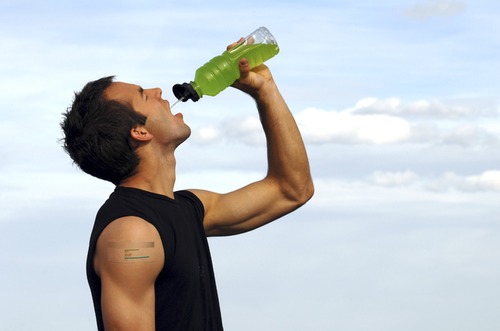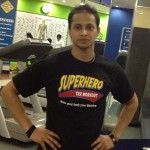An expert creates the ideal exercise plan for the summer. Crunches, dips, planks and squats feature on the to-do list.
 by Ritesh Shaiwal, fitness manager, Fitness First India
by Ritesh Shaiwal, fitness manager, Fitness First India
Just as it is important to eat a balanced and largely cooling diet for the summer, it is also vital to exercise despite the heat. In fact, exercising in the summer is a great way to combat the many ups and downs that the weather causes in the system.
Additionally, we prefer to wear light clothing, and bring out the skirts, shorts, tank tops and sleeveless blouses in this season. If you want to show off your body to the best advantage and keep fit while doing so, I recommend these simple exercises:
Early morning outdoor jogs: Jogging is the best way to start your day in the summer, as it is relatively cooler in the morning. It is also a good way to keep fit across all ages.
Oblique crunches: If you haven’t already tried these, ask your trainer show you how to do oblique crunches. They are the best exercise if you want a tight mid-section. Do these if you want tight abs.
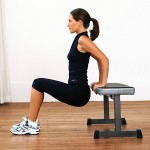 Tricep dips: Tricep dips (in pic on left) are your best bet against jiggly arms. Want to wear sleeveless blouses or tank tops? Do at least one sets of tricep dips to begin with, then gradually increase if you are able to manage more.
Tricep dips: Tricep dips (in pic on left) are your best bet against jiggly arms. Want to wear sleeveless blouses or tank tops? Do at least one sets of tricep dips to begin with, then gradually increase if you are able to manage more.
Pushups: Pushups are a popular warm up. It is simple yet continues to be a staple for strength training. It is excellent exercise for the arms and shoulders.
Squats: It is a strength training exercise which strengthens the lower body. However, you must get the form right while doing it. A tip to see if you’re doing it right: when you squat, your buttocks should push out (as if you are about to sit on a chair) and your knees must not go beyond the line of your toes.
Burpees: Burpee is an ultimate full body strength exercise. It is also called the squat thrust exercise. It is famous for its conditioning benefits when performed in quick succession. Do ask your trainer to show you how it’s done.
Side planks: Side plank is a form of strength exercise in a static form. It helps in strengthening the abdominals, back and shoulders. 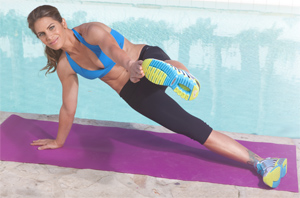
Superman raises in plank position: The same as the side plank, but with the arm outstretched and touching the toe. (See picture on right for reference.)
Walking lunges: It is a lower body exercise which helps in strengthening the lower body muscles. However, attempt static lunges before you try these. Once you get the form right, you can move on to walking lunges.
(Pictures courtesy Fitness First India, www.mensfitness.co.uk, supermamafitness.com, fitbie.msn.com)
